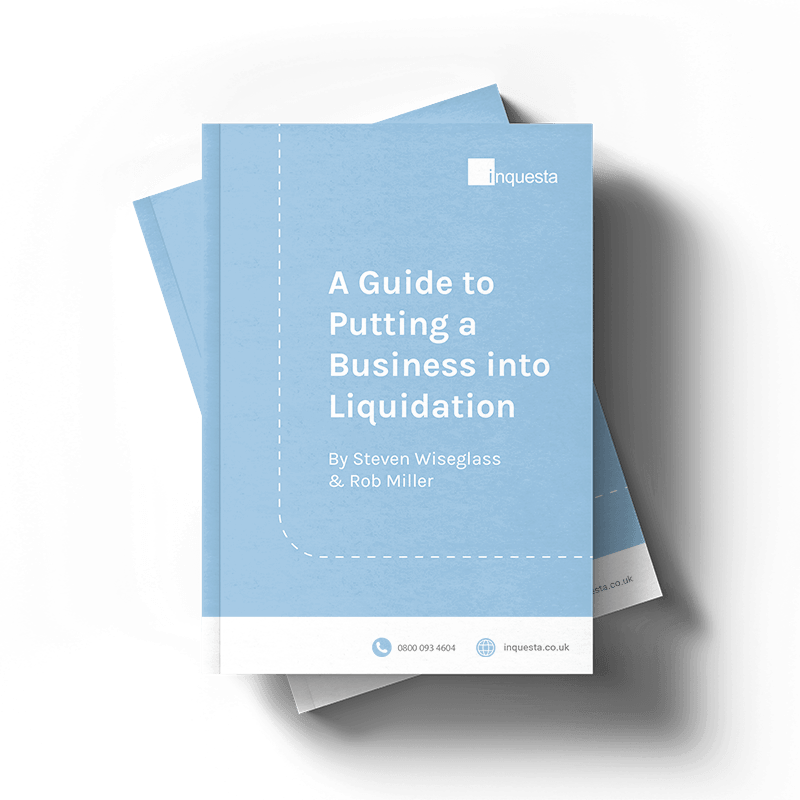What is a CVA in Business?
A company voluntary arrangement (CVA) is the formal procedure of a firm reaching a legally binding agreement with its creditors regarding how its debts can be repaid — provided the creditors are willing to make some concessions over timing. The appeal of a CVA is that it can produce better results for both parties when compared to administration or liquidation.
CVAs can be an excellent method of getting a struggling business debt-free within five years. This is because any outstanding debt once the arrangement is completed has to be written off.
To qualify, a company director must create a proposal which includes a clear business plan (including a forecast of projected cash flow), details regarding how much creditors should expect to receive and when, and whether the payment will be in full or partial.
For an agreement to be in place, a clear majority is needed of both creditors and shareholders. For creditors, a majority of three-quarters or more (in terms of value) is required for approval, and for shareholders, a majority of over half in number is required.
If the proposal is approved and agreed upon by both creditors and shareholders, the debtor will be bound to make the necessary payments to the creditor. This will be supervised by an insolvency practitioner who will act to make sure all payments highlighted in the agreement are received on time and in full.
How Insolvency Practitioners Help with Company Voluntary Arrangements
An insolvency practitioner will play a pivotal role in the process of ridding a company of debt and repaying the creditor during the CVA process. They will take on the roles of a supervisor, and a nominee who is responsible for creating the key proposals that will be submitted to shareholders and creditors.
Using the services of an experienced, specialist insolvency practitioner will grant you all the expertise and skill needed to guide a business through a company voluntary agreement — and offer key advice and suggestions throughout the procedure. The aim of this is to ensure a successful resolution for all parties involved.
The Role of a Specialist Insolvency Practitioner in the CVA Procedure
The role of a specialist insolvency practitioner in the CVA procedure includes a series of important responsibilities that, if not done, can jeopardise your firm’s chances of ridding itself of debt. These include:
- Assessing the company’s solvency, and weighing up available options
- Acting as an official nominee on behalf of the business
- Taking the lead drafting and submitting all relevant paperwork for board members and creditors
- Working closely with creditors to find an agreement on a repayment plan that suits both parties
- Implementing the CVA, and managing the process from within
- Ensuring that all payments are made on time and in full
Download our FREE Guide to Liquidation
If your business has received a winding-up petition, understanding the liquidation process is vital. If you aren’t able to get your winding up petition dismissed, or addressed in another way, it can easily lead to compulsory liquidation if not addressed quickly, making it essential to explore your options and take well-informed action.
Our FREE Liquidation guide provides clear, expert advice on:
- Key warning signs that your business may be in danger of possible liquidation.
- Which insolvency options are available and which ones best suit your situation.
- What the liquidation process looks like
- Things you should be aware of throughout the process.
- What life after liquidation looks like.
If you’re considering liquidation or seeking more information, download our comprehensive Liquidation Guide and explore everything you will need to know.

The CVA Process Explained
The CVA process contains several important parts that must be carried out to the letter. From assessing your options and submitting a proposal, to making your payments and carrying out regular reviews, there is certainly a lot to remember. Thankfully, a licensed insolvency practitioner will be perfectly placed to help.
How Inquesta Helps with the Company Voluntary Arrangement Process
The licensed insolvency practitioners at Inquesta are experts when it comes to company voluntary arrangements. We possess decades of combined experience in helping businesses work their way out of serious financial difficulties.
Our team will endeavour to help you through each and every stage of your CVA with no complications, while ensuring that the agreed terms are all stringently adhered to throughout.
Everything we do is built around the core belief that the needs of the client must always come first. It is this client-centric approach that has helped us build a strong reputation for quality.
Inquesta has built a specialist team of insolvency practitioners who are experts across various fields within the industry. We are a trusted name to help people and businesses with CVAs, winding up petitions, statutory demands, and more.
Get In Touch
Our Specialist Team
Meet our specialist team of insolvency practitioners, ready to assist you with the CVA process from start to finish.

Steven Wiseglass
Director of Insolvency
A co-founder of Inquesta, Steven is a licensed Insolvency Practitioner with over a decade of experience in the field. He is a member of the Insolvency Practitioners Association, Association of Business Recovery Professionals (R3), and his insolvency licence is issued by the Insolvency Practitioners Association. In addition, he sits on the R3 committee of the North West Regional Committee.
Steven specialises in advising directors of small to medium-sized businesses, and has a wealth of expertise in providing the most appropriate advice whatever the firm’s circumstances may be. He has also been instrumental in helping company directors save their business and rebuild them into successful enterprises.




